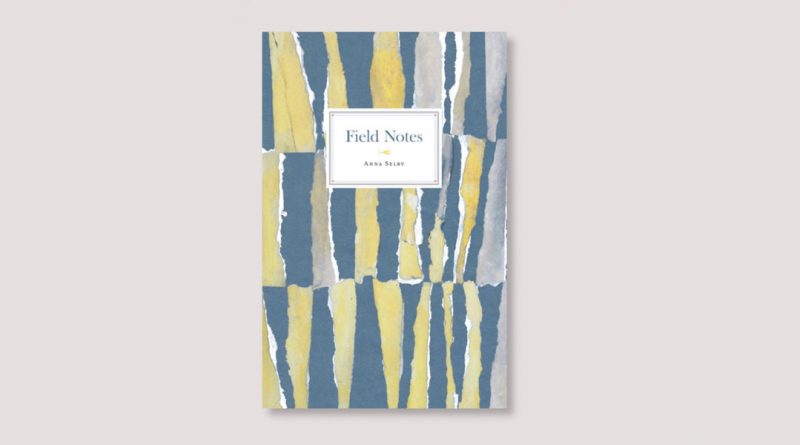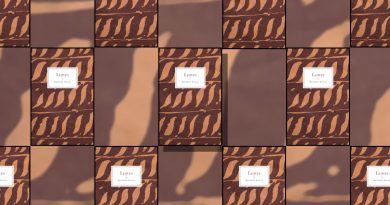Field Notes by Anna Selby
-Reviewed by Sarah Watkinson-
Producing field notes is far harder than writing about field experiences retrospectively from the comfort of a study. Notebook pages blow shut, ink runs in the rain and a pencil point tears the sodden paper. Anna Selby’s Field Notes include poems written in the water on waterproof notebooks and are collected in the form of unedited note poems. The book is in three sections: first and last are ‘Field Notes’; in the middle, ‘Notes from the Water’.
Key to the power of this writing in the moment, even while actually submerged, is the poem: ‘What Happens to Your Heart’, which Selby tells us was ‘written ‘in and under water, live, and in situ’. Listening to this is to be made thrillingly aware that the human body has underwater know-how, presumably inherited from marine ancestry, built-in adaptive physiological reflexes which she experienced while diving:
Submerge your face
a metamorphosis starts
blood retreats, heartbeat slowing
your mind an almost-state.
And
Now, turn back up.
Everything switches
re-inflates, races.
You are land again, of and on.
Your heart broke laws.
With this, the second poem in the collection, Selby earns our trust; she has been there, an underwater woman. So when, in the middle section, ‘Notes from the Water’ her field notes become terse and fragmented, mingling her own underwater bodily sensations with jotted fish names and tentative observations: ‘I think it’s a loose bit of seaweed’ the reader has a sense of shared sensation; almost of being a fish, as the early human embryo is: floating, complete with gills, absorbing oxygen from the bathing fluid.
‘Notes from the Water’ is headed by Wordsworth’s line from ‘Lines Composed above Tintern Abbey’, ‘While with an eye made quiet by the power/Of harmony, and the deep power of joy,/We see into the life of things.’ This selfless intense observation lies at the heart of science, which aims to understand the nature of things. Alongside Selby, we experience in bodily imagination the lives of Wrasse, Trumpetfish, Damselfish and Sardines ‘I swim in the centre of them’. But she is still a land creature: she has to struggle in and out across rocky beaches in a cold wind.
In the third and final section of her book, a second set of ‘Field Notes’, I finally began to understand the significance of the Joan Didier poem which confronts the reader on the first page of the book: ‘what it is like to be a woman‘ ‘that dark involvement/ with blood and birth and death.’ The poem ‘Arrowhead Hammock’ in the final section of Field Notes begins startlingly: ‘My first run since the abortion’ and goes straight on: ‘An American/herring gull flies along the tide-line’, and a few lines later, ‘I don’t want to talk/about our species//I want to address design decisions/fish take when nest-building’.
I like this book very much. It more than fulfilled the remarkable promise of Anna Selby’s reading at its launch. It sparked ideas new to me about the uses of intercorporeality – bodily empathy with other beings – in science poetry. I like the reticence with which Selby makes the point that writing about other vertebrates inevitably implies a gendered perspective. This is poetry to re-read and consider.
The book is elegantly produced with an original typeface and to high standards of sustainability.




